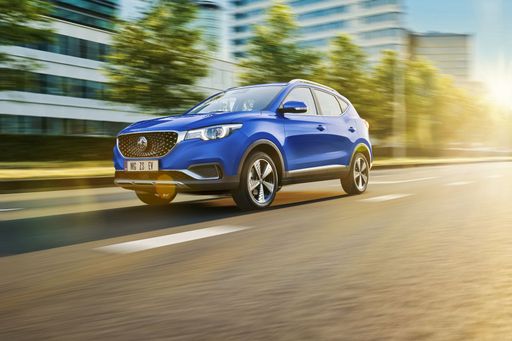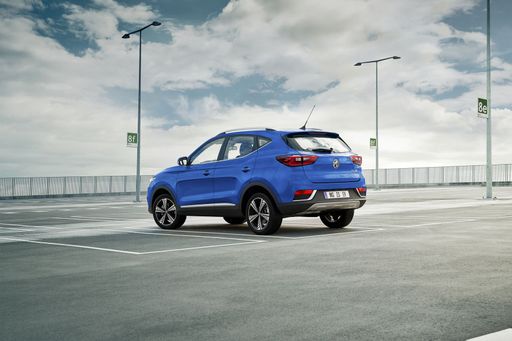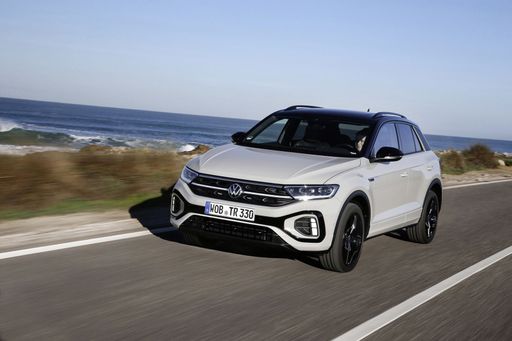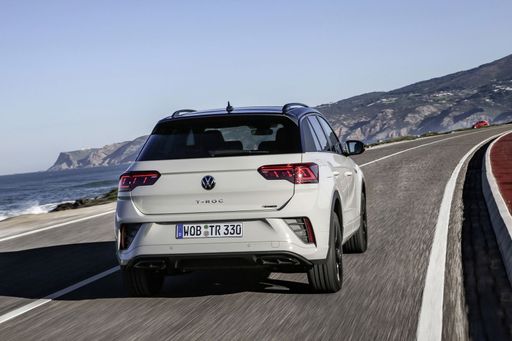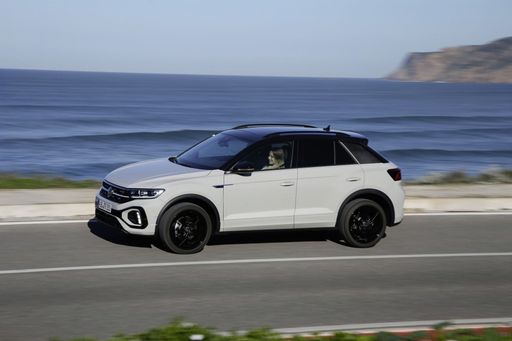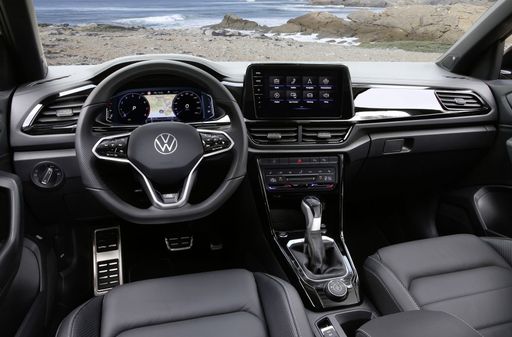MG ZS vs VW T-Roc: A Comprehensive Comparison of Two Compelling SUVs
In the ever-evolving automotive landscape, two models stand out in the compact SUV segment: the MG ZS and the VW T-Roc. While MG has made significant strides in establishing itself as a formidable contender with its electric and hybrid options, VW's T-Roc continues to impress with its versatile engine choices and refinement. This article delves into their specifications, performance attributes, and innovative features, allowing potential buyers to make an informed decision.

